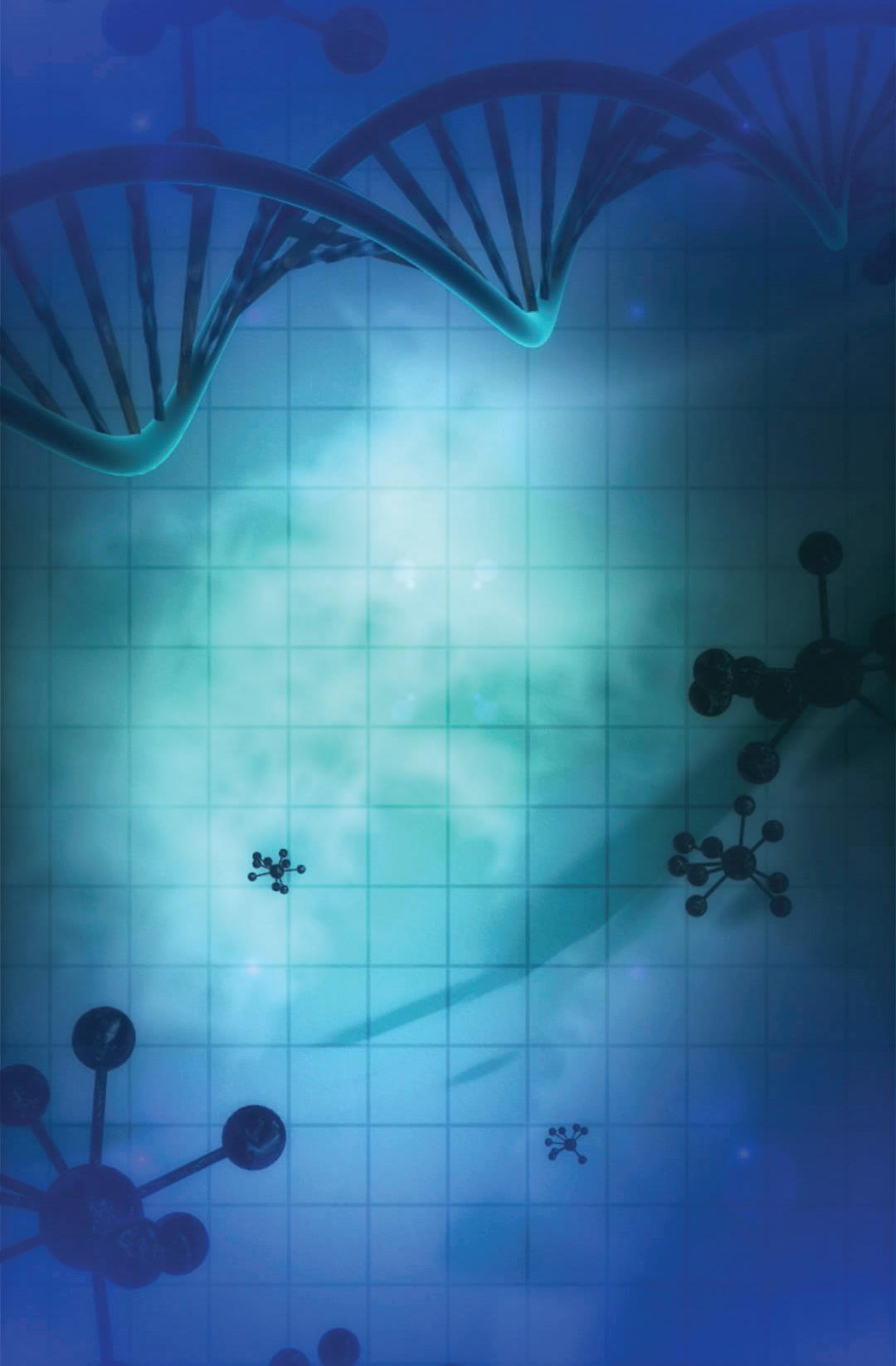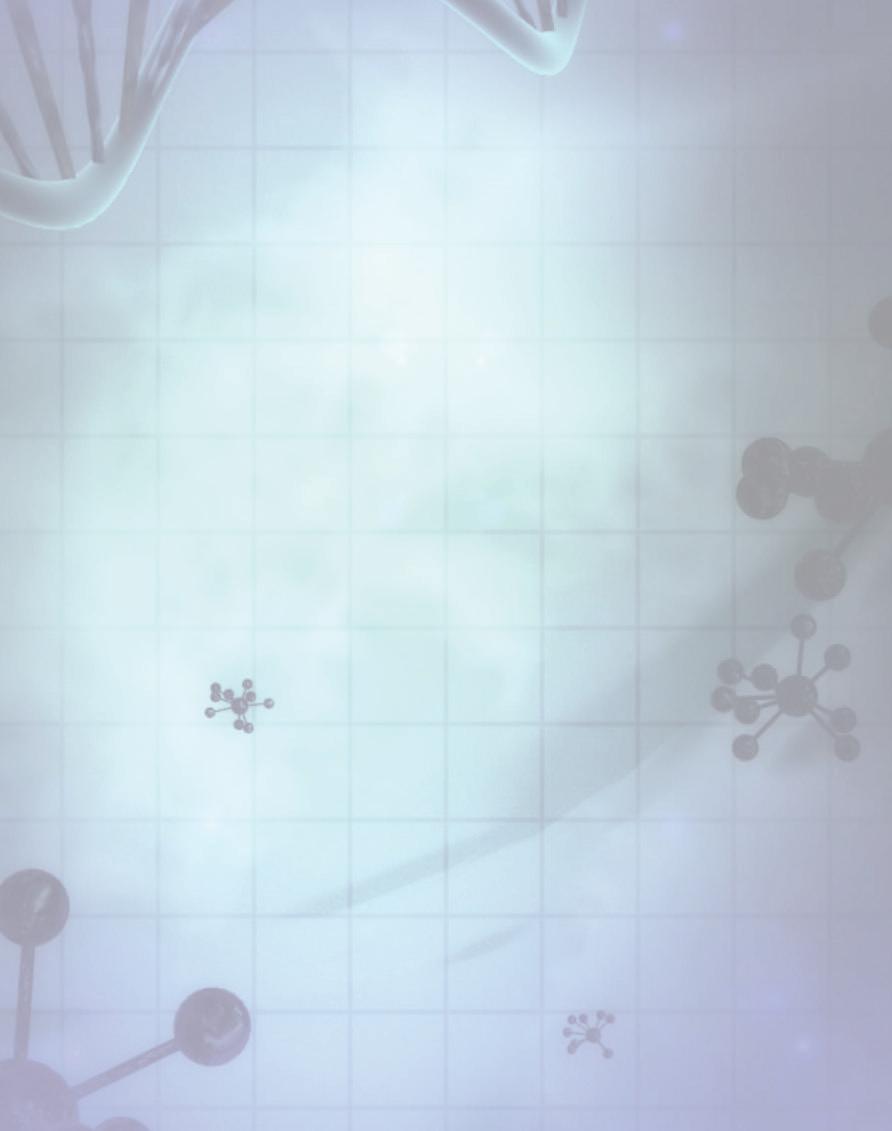
15 minute read
You can do anything
You can do anYthing: The reality of engrams and imagination
BY MICHAEL ISKOLS, BEHAVIORAL NEUROSCIENCE, 2022
Advertisement
Imagine a horse wearing a red bowtie with a pineapple on its head. While you (unfortunately) have never seen such a horse, you’re able to picture it eff ortlessly. Dr. Andrey Vyshedskiy of Boston University argues that prior observances of a horse, the color red, a bowtie, and a pineapple enable their aggregation into the imaginary. This transition from memory to imagery diff erentiates our virtual reality from actuality, in which external stimuli, like sound and light waves, are received and interpreted using memory processes.
Each recalled component of the picture, whether the horse or the red bowtie, is encoded by a unique group of coordinated neurons in the brain’s frontal lobe—the area responsible for higher-level processing. Concurrent activation of the separate neuronal groups combines these images and initiates the creation of a novel object, a process that Vyshedskiy refers to as mental synthesis. Individual neuronal ensembles, often called engrams, exist to represent not only these seemingly menial memories of characteristics but also complex emotional content.
Eternal Sunshine of the Spotless Mind, the 2004 Sci-Fi/ Romance movie, depicts a seemingly outlandish procedure that targets and removes a man’s (played by Jim Carrey) recollection of his ex-girlfriend following a painful breakup. In reality, Dr. Susumu Tonegawa works at MIT to manipulate engram activity during fear conditioning to alter memories—bringing Jim Carrey’s bittersweet ignorance closer to reality.
When mice are trained to fear environment A, a box with a shocking fl oor, Tonegawa captures the group of neurons active in the hippocampus, the brain’s memory center, with a light-sensitive protein. In environment B, of which the mice are not afraid, Tonegawa turns on a light-fi ber and ultimately the emotional memory of environment A, eliciting a fear response.
In this optogenetic technique, he demonstrates how engram activation is suffi cient in activating fear memory, just as it might have enabled you to picture the horse in a bowtie with a pineapple. Tonegawa’s colleagues were also able to selectively remove a fear association using similar engramtargeting methods, so why can’t the same be done with Carrey’s former love?
With neuronal groups in the frontal lobe building mental images from memory and others in the hippocampus storing those memories, the sensory cortex is responsible for representing the body in context. What if, at the meeting
DESIGN BY KATIE GREEN, BIOENGINEERING, 2021
of two rooftops, you were asked to leap across? You will likely consider your outcome, simulating the jump in your mind before deciding if you would like to succumb to peer pressure. According to Dr. Michael Brecht of Humboldt University, this avatar resides in your sensory cortex. As new sensory information arrives, the cortex is constantly updating this mental simulation, storing stereotyped movements as memories, and initiating planned actions. In this situation, the engrams encoding the perceived gap distance, your possible jump length, and your body position would coactivate, enabling you to see your avatar’s leap across the gap.
What if you were asked to imagine yourself riding that horse? Mental synthesis between your frontal, memory, and sensory centers will help you picture it, but only you can put a bowtie on a horse.
Eternal Sunshine of the spotless mind
Monkeying around
BY SARA GANNON, BEHAVIORAL NEUROSCIENCE, 2021
The thought of a monkey playing a first person shooter video game seems far-fetched, but based on current research, it may not really be such an outlandish proposition.
Evolutionary history aside, monkeys are probably the easiest animal to anthropomorphize: not only do they look like us, but because they act a bit like us as well. Scientists across the world utilize nonhuman primates for research due to all of the similarities that are shared between the species. Namely, intelligence: chimpanzees are capable of being trained to navigate virtual mazes, and, with practice, can develop navigation and problem solving skills that rival humans’ abilities. At the Language Research Center at Georgia State University, four adult chimpanzees named Lana, Mercury, Panzee, and Sherman confirmed just that.
In a virtual maze task, Dr. Francine Dolins and her team compared the skill-based results of chimpanzees to those of human children and adults. Each group was tested on its ability to find the shortest, most efficient route from the starting to the goal position in the maze. The study discovered that across almost all maze variations, chimpanzees consistently performed as well as three to six-yearold children. One all-star in particular, Panzee—a 22 year old monkey— actually outperformed those children by inventing shorter, more efficient routes than they did to get through the maze.
Moreover, a study conducted in Kyoto, Japan, found that primates are actually capable of perceiving themselves as a distinct entity in a video game. Drs. Takaaki Kaneko and Masaki Tomonaga determined that monkeys are able to perceive their own role in a video game and can accurately identify the object or character that they are playing.
This discovery was made by training chimpanzees to play a simple game: moving a ball with a cursor. After they learned the basic game, the researchers introduced a second cursor. This new cursor’s movement on the screen was determined based on previously collected data from the same monkey. That is, the scientists succeeded in giving the monkey a distracting cursor, capable of interacting with the ball, that could potentially be confused with the cursor the monkey was controlling himself. As the game ran, if one of the cursors successfully moved the ball to the goal position, the
DESIGN BY JARED BRAUSER, MECHANICAL ENGINEERING, 2023
game ended. At this point, the monkey was asked to choose which cursor he believed was his by having him physically point it out on the screen. The researchers discovered that primates were extremely successful at identifying their own cursor, achieving accuracy rates of up to 99 percent.
The discovery of self-awareness in primates has actually made it possible for other researchers, like Dr. Peter Ifft and his team, to use nonhuman primates to develop devices for humans, such as brain machine interfaces (BMIs). The term “BMI” covers a wide scope of technology, but generally implies a communication pathway between the brain and an external device.
At the Center for Neuroengineering at Duke University, Ifft is studying a way to create movement in an artificial arm prosthesis based solely on brain activity. In the preliminary steps of development, the team has used monkeys to look at whether or not this type of BMI could be learned by primates, and they have had great success so far.
One of their primate subjects, Monkey C, began his training by using a joystick to manipulate an artificial “arm” on a screen in front of him. The video setup was relatively simple: a target on a screen and a virtual arm that could be manipulated (via the joystick) such that it moved to touch a target. After he mastered that task, the next step was to have the monkey use the joystick while researchers recorded his brain activity via chronically implanted multi-electrode arrays. This setup made it possible to decode the signals emitted during movement and determine connections between groups of neurons and physical actions. Scientists then presented Monkey C with both virtual arms, but no joystick. With his own arms slightly restrained, the brain activity that occurred during attempted movements could be computed in real-time such that his virtual arms completed the task. The most noteworthy discovery of this study was that after only 15 days of practicing with virtual arms controlled solely by brain activity, the monkey reached a skill level of which the researchers deemed proficient.
Now, it’s clear that monkeys have a general intelligence that rivals that of humans―or, at the very least, children. From playing video games to developing neural prostheses, it’s safe to assume that we still have a lot to learn from our fellow primates.
The complexity of consciousness
What defi nes cognition on a neurological level?
BY MELISSA FRANCO, BIOLOGY, 2020
The concept of consciousness has eluded humanity since the days of Greek philosophers. Many have sought to describe, defi ne, and even recreate what we call consciousness, but each attempt seems to fall short in one aspect or another. Common philosophical approaches have been taken by psychologists and mathematicians, but recently, a group of researchers based in France have taken a more literal approach to the issue. They aimed to defi ne consciousness by the neurological processes that diff er between conscious and unconscious individuals.
Their experimental design was simple. They utilized fMRI, a brain imaging technique that allows for real time mapping activity of neurological pathways on 169 individuals of varying levels of consciousness. About one-third of the study’s participants were healthy individuals acting as controls. The rest were composed of individuals who suff ered from illnesses that impact their cognition, and ranged from being unresponsive to minimally conscious, as defi ned by the researchers. A subsection of these participants were in a medically induced state of reduced consciousness by anesthesia. This assortment allowed the researchers to narrow down diff erences in cognition between the groups and identify factors that truly relate to consciousness.
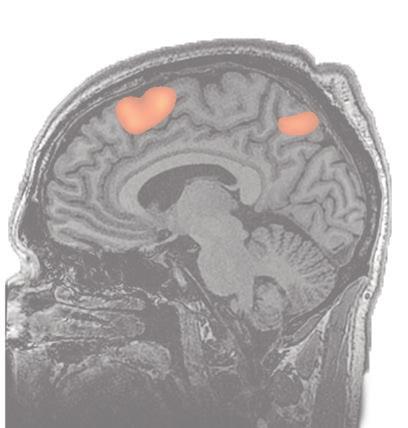
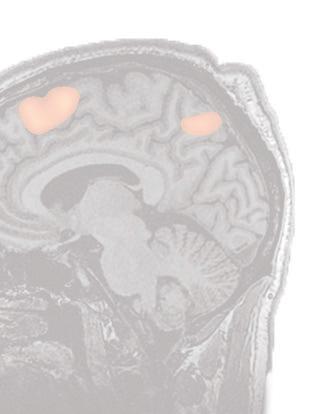
The brain imaging results were collected and processed to normalize and analyze patterns of neurological activity. Scientists noticed that the patterns of activation in healthy brains signifi cantly and consistently diff ered from those of less conscious participants. These variances allowed the researchers to classify four types of brain patterns. Type 1, present in mostly healthy individuals, showed a much higher rate of coordination within diff ering brain components, indicating that this “communication” between separate areas of the brain is a crucial element of consciousness. These patterns were decreasingly present in each following pattern type, showing reproducibility in the trend and further reinforcing its relevance to consciousness, essentially showing a positive correlation between consciousness and complexity of brain function.
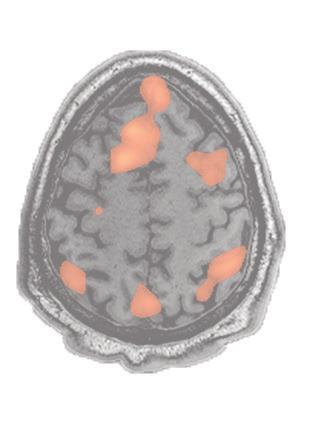
This incredible research was a huge advance in attempting to understand consciousness at a physical level. It will likely have signifi cant impacts on medical treatment of similar diseases and development of medicines that can target or enhance inter-neuronal functioning. It is even plausible that this new research’s ramifi cations will reach into the realm of machine learning, as a development for neural networks, which are already based on the brain’s functioning. These impactful research and treatments blossom from the same challenge that has stumped philosophers for thousands of years; this time, potentially addressed by modern neural mapping.
Science Advances (2019). DOI: 10.1126/sciadv.aat7603
The curious possibility of silicon-based life
BY CONNOR WALRATH, MECHANICAL ENGINEERING & PHYSICS, 2022
Life on Earth is composed of organic molecules formed by chains of carbon atoms. Scientists have long wondered,
“why carbon?” Why not a similar element, like silicon, to serve as the building block of all life?
Carbon and silicon both have the ability to form bonds to four atoms simultaneously, making them ideal to be the backbone of complex, molecular structures. Silicon is roughly 150 times more abundant in Earth’s crust than carbon, making up about thirty percent of Earth’s crust by mass. The closest nature has come to producing an organism made up of purely organosilicon molecules are phytoliths, tiny particles of silicon dioxide found in grasses, and diatoms, a type of photosynthetic algae that incorporate silicon dioxide into their skeletons.
No known organism consists only of organosilicon molecules, but synthetic chemistry has allowed us to study various methods to bond silicon and carbon in ways not found in nature.
In 2016, researchers at the California Institute of Technology led by Frances Arnold optimized an enzyme to produce organosilicon molecules through directed evolution. Directed evolution is performed across many iterations, enhancing
one enzyme in several diff erent ways and testing each result for desirable traits. The result with the most desirable traits is then enhanced further. This method is similar to the way breeders select race horses for future generations.
The team at CalTech performed three rounds of directed evolution before arriving at an enzyme that catalyzed the formation of silicon-carbon bonds 15 times faster than before directed evolution. The success was found in cytochrome c, an enzyme usually found in Icelandic hot springs. This enzyme was highly enantioselective, meaning it became very picky about the orientation of molecules, which resulted in the enzyme producing more enantiopure (properly oriented) organosilicon molecules. This meant less unwanted byproduct of the reaction, and greater effi ciency overall.

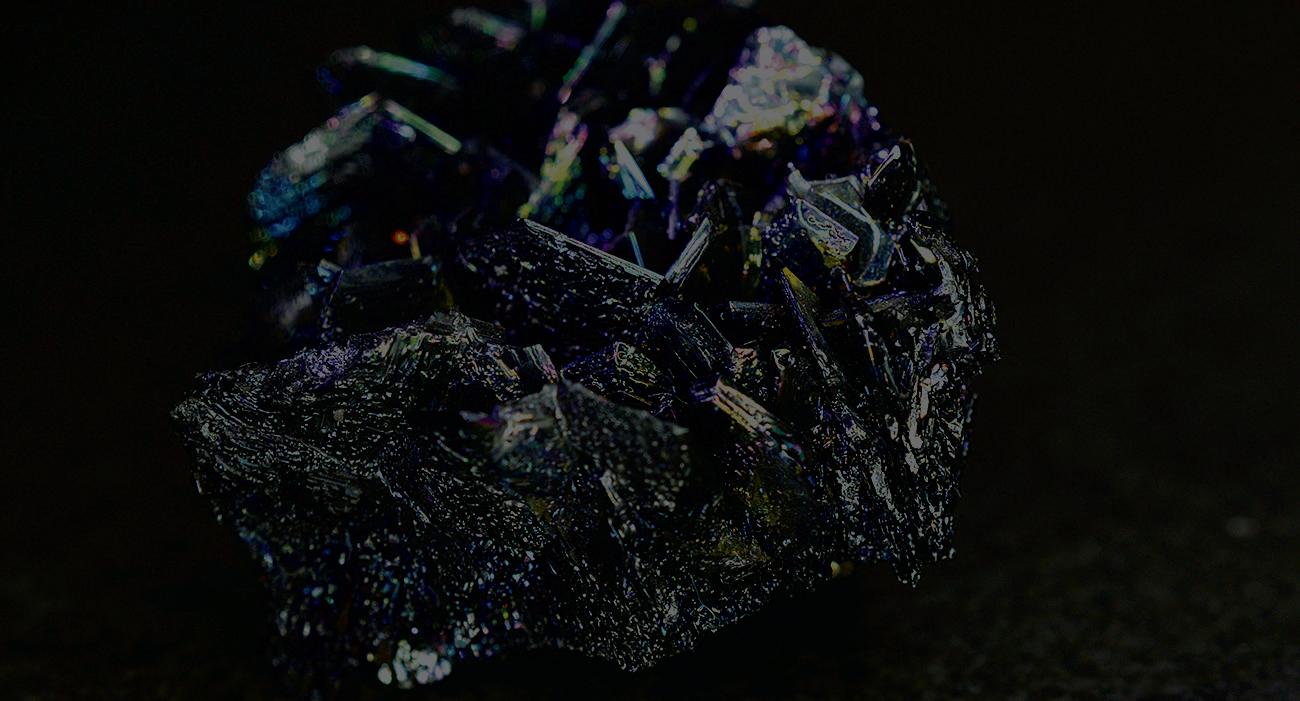
Arnold posits that future research could involve giving an organism the capability to create organosilicon molecules via cytochrome c. This research would explore why we don’t come across that phenomenon in the natural world. It seems curious that nature has not experimented more with silicon. As Arnold said after the research was published, “Nature could have done this herself if she cared to.”
GASDERMIN and the illusive inflammasome


BY HUGH SHIRLEY, BIOCHEMISTRY, 2019 DESIGN BY TRAM ANH NGUYEN, BIOLOGY, 2022
There’s more than one way that a cell can kill itself. The standard version of cell suicide, apoptosis, is happening constantly within our bodies. When a cell detects damage, harmful mutations, or infection, apoptosis is often the response. This process has evolved to be clean, quiet, and eff ective, so that surrounding cells are not damaged while the immune system cleans up the apoptotic cell’s debris. Apoptosis refers to programmed cell suicide and has been at the center of countless cancer, aging, and development studies, but cells can undergo more than just apoptosis in response to damage. Enter pyroptosis and the Gasdermin protein family. Pyroptosis was coined in 2001 from the Greek “pyro” for fi re and “ptosis” for falling. Infl ammation caused by bacterial infections has been studied as part of natural immune response for centuries. In 2001, Dr. Brad Cookson fi rst described pyroptosis as a cellular mechanism behind that response. For over a decade, it was not well understood how pyroptosis occurred in cells. It was known that infected immune cells, such as macrophages, would develop relatively large pores in their membrane, fl ooding the extracellular environment with the components of their cytoplasm, like a defl ating balloon. The crucial piece of missing information was how the large pores in the membrane were made in the fi rst place. Many of the early papers on pyroptosis left a big question mark for that part of the pathway. The pyroptotic pathway involves the formation of a protein complex called the infl ammasome. The aptly named assembly is built in response to signals from intracellular bacteria, viruses, or cell damage. One goal of the infl ammasome is to activate caspase-1. Caspase-1 is the protein that was long thought to be the cause of the membrane pores associated with pyroptosis, but a recent paper revealed that that wasn’t the case. Gasdermin, a family of proteins linked with pyroptosis, was discovered as the actual pore forming protein in 2017 by Dr. Ana Morandini. Caspase-1 is responsible only for cleaving away parts of the inactive gasdermin protein, allowing the active portion to carry out its pyroptotic mission. Caspase-1 also activates interleukin-1β. Active IL-1β can fl ood through the holes created by gasdermin into the extracellular environment and help stimulate further infl ammation by recruiting more immune system cells to the area. Gasdermin has a lot of potential as an antibiotic. The ability to punch holes into membranes is a highly coveted biological advantage that many organisms exploit through multiple strategies. Studies have shown that active gasdermin spontaneously forms pores in lipid bilayers in solution— meaning that once caspase-1 cleaves gasdermin into its active form, there’s nothing stopping its pyroptotic activity. One remaining question is how gasdermin gets through a prokaryotic outer peptidoglycan wall so that it can access the membrane. While the pharmaceutical applications are still a big unknown for gasdermin, we do know more than previously about what’s happening in vivo during pyroptosis and why it occurs in the fi rst place. Pyroptosis, while at fi rst glance might seem like a big negative for host cells, can provide several immunological advantages. By fl ooding the extracellular environment with toxic metabolic compounds from the pyroptotic cell, the body can fi ght off bacteria that’s growing in that extracellular space. The recruitment of additional immune system cells to the area through the release of signal molecules like IL1β further strengthens the body’s fi ght against pathogens. Pyroptosis, and therefore gasdermin, can still cause signifi cant damage to the host. Uncontrolled pyroptosis is linked with septic shock. Septic shock is a life threatening stage of sepsis, or infection of the blood. Infl ammation and sepsis go hand in hand, so pyroptotic cells that release infl ammation inducing signaling molecules in response to a bacterial infection could be the reason behind septic shock. The relatively new molecular world of pyroptosis is an ongoing fi eld of study. Gasdermin provides the missing link between what induces pyroptosis and the physiological signs that we observe. Now, with a more complete picture, researchers can study how we can take advantage of gasdermin as an antibiotic and as a player in septic shock. Who knew there was so much more to cell suicide! Pyroptosis, while at fi rst glance might seem like a big negative for host cells, can provide several immunological advantages.” "
